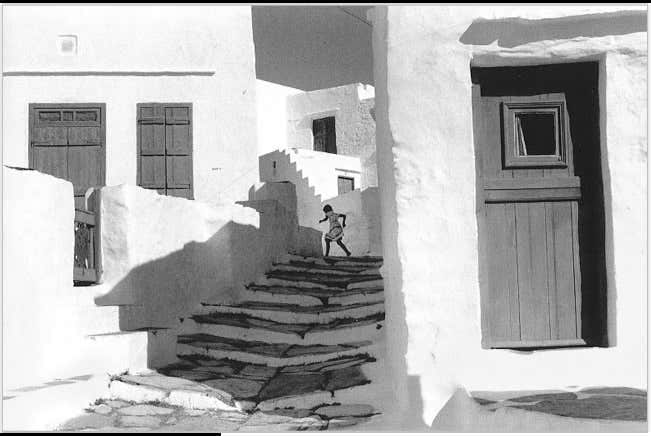When I think of photography that I enjoy, fashion photographer Bill Cunningham comes to mind. His street style method catches fleeting moments that highlight design details such as colours, silhouettes, textures and movement relating to fashion that may not be noticed at first glance. I find his work very natural, documenting moments in time and snapshots of real life. The viewer is left with questions, or to imagine a story.
Photographer Henri Cartier-Bresson describes this approach to photography as The Decisive Moment, the combination of composition and capturing a particular moment in time (Cutler 2013, p.7). He explained his approach to photography in these terms, ‘For me the camera is a sketchbook, an instrument of intuition and spontaneity, the master of the instant which, in visual terms, questions and decides simultaneously. It is by economy of means that one arrives at simplicity of expression’. (Magnum Photos 2020, para. 3). I noticed similarities between their lives and work, Cartier-Bresson worked as a photojournalist for magazines such as Harper’s Bazaar on travel assignments, such as his work Siphnos 1961, captured on travels in Greece.
 Credit: Henri Cartier Bresson- Siphnos 1961 https://www.phillips.com/detail/henri-cartierbresson/NY040517/38
Credit: Henri Cartier Bresson- Siphnos 1961 https://www.phillips.com/detail/henri-cartierbresson/NY040517/38
Cunningham’s fashion photography is published primarily in the New York Times, therefore both artists could be seen more as commercial photographers. Although Cartier-Bresson prefers to position himself more as an artist rather than a photojournalist, seeing his work as a sketch, The photo as a sketch refers to the immediacy that photography allows, which was important for Siphnos, Greece 1961. Wells notes this relationship between time and space captured in photography, established the art form as a driver for modernism (2015, p.21). Regardless of whether Cartier-Bresson and Cunningham are using photography for commercial purposes or as an artistic method, it is their ability to capture a moment in time that interests me the most. Susan Sontag sums this up well, “A photograph passes for incontrovertible proof that a given thing happened… Whatever the limitations (through amateurism) or pretensions (through artistry) of the individual photographer, a photograph – any photograph – seems to have a more innocent, and therefore more accurate, relation to visible reality than do other mimetic objects” (1977).
In my own practice, which is predominately video, I often use a journalistic or documentary style, a combination of constructed footage and capturing or telling a moment in time, which might explain why I enjoy these photographers. When I consider what I would like to develop in terms of my photography skills, I think it could be valuable to move away from what I know an explore a different style. It would be new for me to create a highly composed and planned photo, similar to hyper-realism, and learn more about editing and enhancing.
References:
Cutler R, 2013, ‘Photography and time: decoding the decisive moment’ Academia, p.7, viewed 9 November 2020, <https://www.academia.edu/4826314/Photography_and_time_decoding_the_decisive_moment?email_work_card=view-paper>
Magnum Photos 2020, ‘Henri Cartier-Bresson’ Magnum Photos, viewed 9 November 2020, <https://www.magnumphotos.com/photographer/henri-cartier-bresson/>
Sontag, Susan , 1977. ‘On photography’. New York : Farrar, Straus and Giroux
Wells L 2015 ‘Photography: A Critical Introduction’. 5th ed., Routledge, New York. (pp. 9-27 Thinking about photography: debates, historically and now. Kamila K & Zylinska J, editors.

